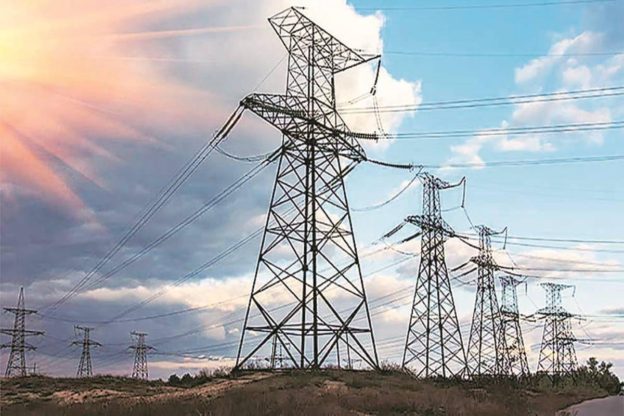Despite the challenging operating environment in fiscal, IFCs continued to see balance-sheet improvement, with credit clocking 11% sequential growth in 9MFY21
Since the last monetary policy review held in February 2021, the global rollout of Covid-19 vaccines has had the welcome effect of boosting sentiment. The simultaneous rise in commodity prices has, however, transmitted into higher inflation prints. Moreover, the recent spike in Covid-19 cases in India has renewed uncertainty regarding the near-term growth outlook, posing a fresh challenge to the setting of monetary policy.
India’s infrastructure credit, estimated at Rs 22.9 trn as of December 31, 2020, reported slower sequential growth of 2% during 9MFY2021, driven by sequential contraction (6%) in banking sector credit to the segment. The banks’ share in total infrastructure credit has continued to decline over the last few years on the back of subdued lending to the sector. Infrastructure Finance NBFCs (IFCs), however, grew 11% in 9MFY2021, led by disbursements related to the liquidity package for distribution companies (discoms) by the PSU IFCs.
Within the NBFC-IFC space, the public-IFC category continues to account for a majority share (94%) with an aggregate loan book of Rs 11.6 trn as of December 31, 2020. It is followed by a 4% share for private-IFCs and a 2% share for IDFs. As for sectoral exposures, the power sector (including renewable and transmission segments) continues to dominate the overall portfolio mix for banks and the IFCs, accounting for 60% of their total loan books as of December 31, 2020, followed by the road (11%) and the telecommunications (5%) sectors. Going forward, over the medium term, sectors such as renewable energy, T&D and roads would continue to receive higher disbursements – though in H1FY2022 particularly, disbursements could continue to be skewed towards the discoms.
Given the inherent nature of infrastructure financing, the ticket size of loans remains large, exposing these entities to concentration risk and hence asset quality-related shocks. Nevertheless, the asset quality trajectory over the past three years has suggested some improvement for the IFCs, led by a growing asset base, resolutions/ recoveries of a few stressed assets, sizeable write-offs and lower incremental slippages. The Gross Stage 3% for IFCs eased to 4.5% as of Dec 31, 2020 from a peak level of 7.3% on Mar 31, 2018, though the Gross Stage 2 proportion remains volatile.
Despite the challenging environment in FY2021, most infrastructure sub-sectors remained resilient from a debt-servicing perspective supported by (a) the availability of liquidity buffers in the form of a DSRA and/or co-obligor structures; (b) the must-run status of renewable energy projects; (c) the liquidity package for the cash-strapped discoms; (d) the ARPU up-trading in the telecom sector; and (e) the two-part tariff structure for thermal plants with availability-linked recovery of fixed charges. With the improving asset quality and increased provision cover against non-performing advances, the aggregate solvency indicator has improved considerably over the past two years. With the balance sheets recovering, the sector is placed relatively better for growth.
The Centre has set an ambitious target of infrastructure investment of over Rs 111 trn under the National Infrastructure Pipeline (NIP) over FY2020-FY2025, though the Covid-19-induced disruption makes it a more daunting task. Nonetheless, quick action on the Bill to set up a Development Financial Institution (DFI) corroborates the government’s intent of continued focus on the sector.
Thus, the medium-term growth prospects for the IFCs remain strong, with demand expected to gather pace amid the government’s resolve to revive economic growth. The expected pick-up in demand is likely to coincide with a recovery in the balance- sheet strength of NBFC-IFCs and their improved ability to raise relatively longer-term funding at competitive rates amid the favourable systemic rates trajectory.
https://www.financialexpress.com/industry/infra-finance-nbfcs-bucking-sectoral-trend-in-fy21/2244624/







